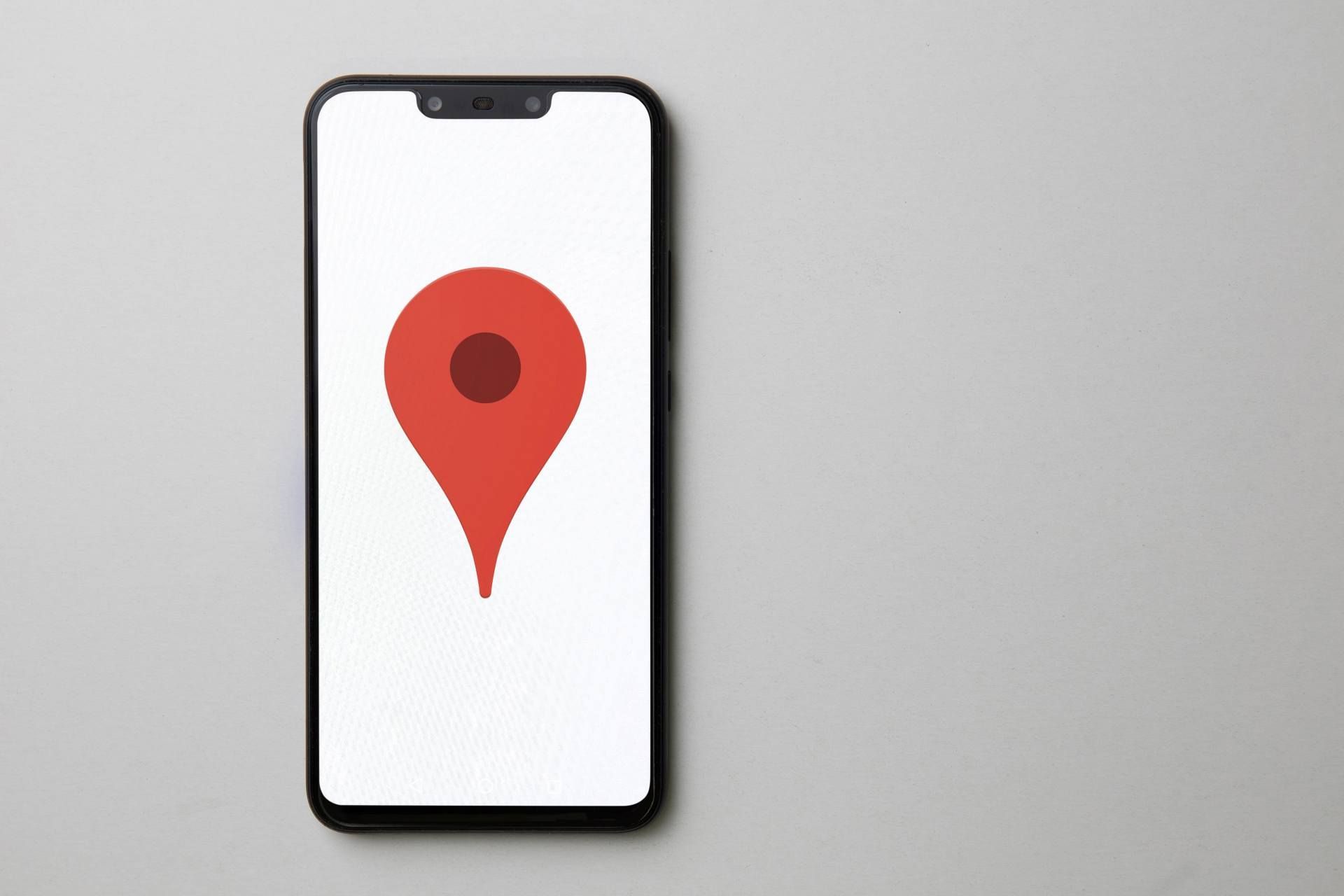Brand Book vs. Brand Style Guide: What’s the Difference?

In today’s competitive world, a strong brand identity is crucial for any business. Two key tools help maintain consistency in branding: the brand book and the brand style guide. While these terms are sometimes used interchangeably, they serve distinct purposes. Understanding the differences can help you elevate your brand strategy and ensure your business stands out.
Let’s dive into what a brand book and a brand style guide are, how they differ, and why both are essential for your business.
What is a Brand Book?
A brand book is a comprehensive document that defines your brand's identity in
digital marketing. It goes beyond just logos and colors to include the mission, vision, values, and personality of your brand. Think of it as the “why” behind your brand—a roadmap that guides your business decisions and communicates your brand's essence.
Key Elements of a Brand Book:
- Mission Statement: Your mission statement explains why your company exists. It sets the tone for your brand’s purpose and long-term goals.
- Vision Statement: This defines where your brand aims to be in the future. It provides inspiration for both your team and your audience.
- Core Values: Core values are the principles that guide your business. These values reflect your brand’s personality and culture.
- Brand Personality: This outlines the traits that define your brand. Is it friendly, professional, innovative, or playful? Your personality shapes how customers perceive your business.
- Brand Story: The brand story explains your company’s history, what inspired its creation, and how it has grown. It helps connect emotionally with your audience.
- Audience Personas: A brand book often includes profiles of your target audience. These personas help your team understand who they’re communicating with and how to engage them.
What is a Brand Style Guide?
A brand style guide, on the other hand, is a more tactical document. It focuses on the “how” of branding—how to visually and verbally represent your brand. The style guide ensures consistency across all platforms and touchpoints, from your website to
social media to print materials.
Key Elements of a Brand Style Guide:
- Logo Usage: Guidelines for where, when, and how to use your logo. This includes size, spacing, and acceptable variations (e.g., monochrome or color versions).
- Typography: Details about fonts, sizes, and styles that should be used in branding materials. This ensures a consistent look across all communications.
- Color Palette: A defined set of brand colors, including primary and secondary palettes, with exact color codes (HEX, RGB, and CMYK).
- Imagery and Photography: Guidelines for the type of images and photos that align with your brand. This might include style, tone, or specific themes.
- Tone of Voice: Rules for how your brand speaks to its audience. Is it formal or casual? Friendly or authoritative?
- Examples of Application: Some style guides include real-world examples, like sample social media posts, advertisements, or website designs, to clarify how the guidelines should be applied.
Brand Book vs. Brand Style Guide: Key Differences
While the brand book and brand style guide are closely related, they are not the same. Here’s a breakdown of their key differences:
- Purpose:
- The brand book focuses on the “why” behind your brand, providing a broader view of your brand identity.
- The brand style guide focuses on the “how,” offering practical guidelines for visual and verbal consistency.
- Content:
- A brand book includes elements like mission, vision, and brand story.
- A style guide includes technical details like color codes, font specifications, and logo placements.
- Audience:
- The brand book is often created for internal stakeholders, such as employees and leadership, to align everyone with the brand’s vision.
- The style guide is typically used by designers, marketers, and content creators to ensure consistency in brand representation.
- Level of Detail:
- A brand book is high-level and conceptual, defining the overarching principles of your brand.
- A style guide is more detailed and practical, outlining specific rules for branding materials.
Why Do You Need Both?
Both the brand book and the brand style guide are essential tools for creating a cohesive brand identity. Here’s why you need both:
- Alignment and Consistency: The brand book ensures everyone in your organization understands the brand's core identity, while the style guide ensures that identity is consistently represented across all materials.
- Clear Communication: A brand book communicates your brand's vision and values to internal teams, helping them make decisions that align with your brand. A style guide ensures that external communications maintain the same level of professionalism and consistency.
- Adaptability: In today’s fast-paced world, brands must adapt to new trends and platforms. Having both a brand book and a style guide ensures your team can stay true to the brand’s identity while adapting to new challenges.
How to Create a Brand Book and Style Guide?
Steps to Create a Brand Book:
- Define your mission, vision, and core values.
- Develop a clear brand personality.
- Write your brand story.
- Identify your target audience and create personas.
- Compile these elements into a visually appealing document.
Steps to Create a Style Guide:
- Define your logo usage rules.
- Create a consistent color palette.
- Specify typography guidelines.
- Provide examples of imagery that align with your brand.
- Outline your tone of voice and provide examples of its use.
- Test your style guide by applying it to real-world scenarios.
Final Thoughts
A brand book and a brand style guide are two sides of the same coin. Together, they form the foundation of a strong and consistent brand identity. While the brand book defines your brand’s soul, the style guide ensures it is brought to life consistently across all platforms. By investing time and effort into creating both, you can build a memorable and impactful brand.
Ready to take your branding to the next level? Contact
Oamii today to create a powerful brand identity that stands out!
Disclaimer: The information on this website and blog is for general informational purposes only and is not professional advice. We make no guarantees of accuracy or completeness. We disclaim all liability for errors, omissions, or reliance on this content. Always consult a qualified professional for specific guidance.








